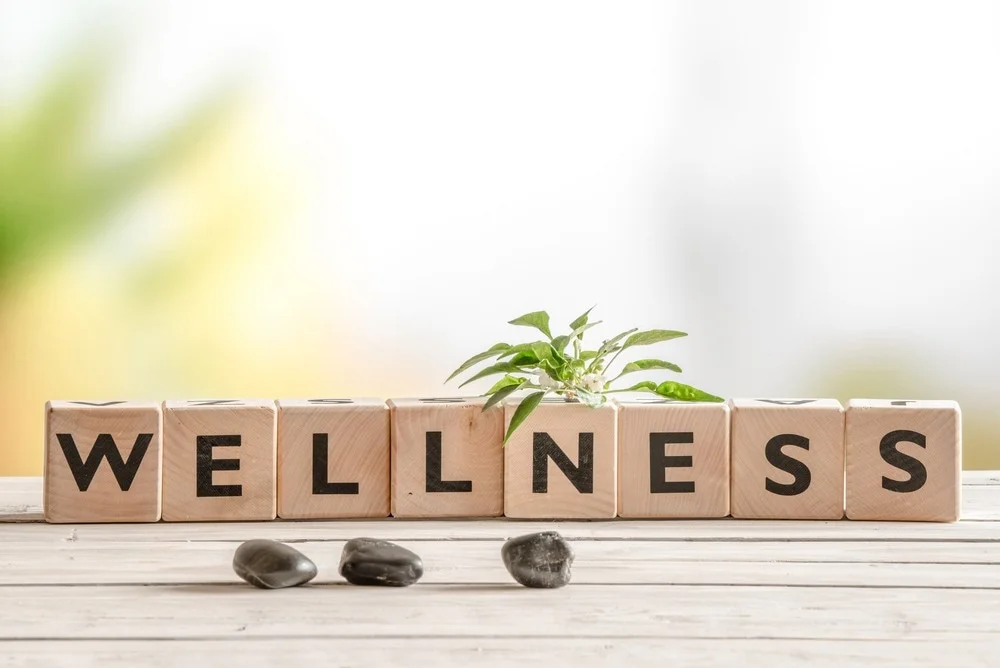Introduction
Fitness is more than just physical exercise; it’s a lifestyle that encompasses movement, strength, flexibility, and endurance to support optimal health and well-being. From cardio workouts and strength training to yoga and Pilates, fitness activities offer countless benefits for the body, mind, and spirit. In this comprehensive guide, we’ll explore the importance of fitness, its key components, and practical tips for incorporating fitness into your daily routine to achieve peak performance and vitality.
Understanding Fitness
Fitness is the state of being physically active and healthy, with the ability to perform daily tasks, engage in physical activities, and maintain optimal health and vitality. It involves various components of physical fitness, including:
1. Cardiovascular Endurance
Cardiovascular endurance refers to the ability of the heart, lungs, and blood vessels to deliver oxygen-rich blood to the muscles during sustained physical activity. Activities such as running, cycling, swimming, and dancing improve cardiovascular endurance, enhance aerobic capacity, and support heart health.
2. Muscular Strength and Endurance
Muscular strength and endurance involve the ability of muscles to exert force and sustain physical activity over time. Strength training exercises such as weightlifting, bodyweight exercises, and resistance training build muscle strength and endurance, improve posture, and support bone health.
3. Flexibility and Mobility
Flexibility and mobility refer to the range of motion and ability of joints to move freely and efficiently. Stretching exercises such as yoga, Pilates, and dynamic stretching improve flexibility, reduce the risk of injury, and enhance functional movement patterns.
4. Balance and Coordination
Balance and coordination involve the ability to maintain stability and control movement in various activities and environments. Balance exercises such as Tai Chi, balance boards, and stability exercises improve proprioception, coordination, and postural control, reducing the risk of falls and enhancing athletic performance.
Benefits of Fitness
1. Improved Physical Health
Regular physical activity and exercise improve cardiovascular health, strengthen muscles and bones, support weight management, and reduce the risk of chronic diseases such as heart disease, diabetes, and obesity. Fitness also boosts immune function, enhances energy levels, and promotes longevity and overall well-being.
2. Enhanced Mental Health
Exercise has powerful effects on mental health, reducing stress, anxiety, and depression, improving mood and self-esteem, and promoting relaxation and mental clarity. Fitness activities release endorphins, neurotransmitters, and other chemicals in the brain that promote feelings of happiness, relaxation, and well-being.
3. Increased Energy and Vitality
Regular exercise increases energy levels, improves sleep quality, and enhances overall vitality and well-being. Fitness activities increase blood flow and oxygen delivery to the brain and muscles, boosting energy levels, mental alertness, and physical performance throughout the day.
Practical Tips for Fitness
1. Find Activities You Enjoy
Choose activities and exercises that you enjoy and look forward to, whether it’s running, cycling, swimming, dancing, or playing sports. Experiment with different activities, classes, and workouts to find what resonates with you and fits your interests, preferences, and fitness goals.
2. Set Realistic Goals
Set realistic and achievable fitness goals that align with your interests, abilities, and lifestyle. Start small and gradually increase the intensity, duration, and frequency of your workouts over time, celebrating milestones and progress along the way.
3. Make Fitness a Priority
Make fitness a priority in your daily routine by scheduling regular workouts and activities into your calendar, treating them as non-negotiable appointments with yourself. Find ways to incorporate physical activity into your daily life, such as walking or biking to work, taking the stairs instead of the elevator, or doing quick workouts during breaks.
4. Listen to Your Body
Listen to your body and honor its signals and cues during workouts and activities. Pay attention to how you feel physically, mentally, and emotionally, and adjust your intensity, duration, and type of exercise accordingly. Rest and recover when needed, and seek guidance from fitness professionals if you experience pain, discomfort, or injury.
Conclusion
In conclusion, fitness is a powerful tool for enhancing physical health, mental well-being, and overall quality of life. By incorporating regular physical activity and exercise into your daily routine, you can boost energy levels, improve mood, reduce stress, and build strength, endurance, and resilience to thrive in all aspects of life.





